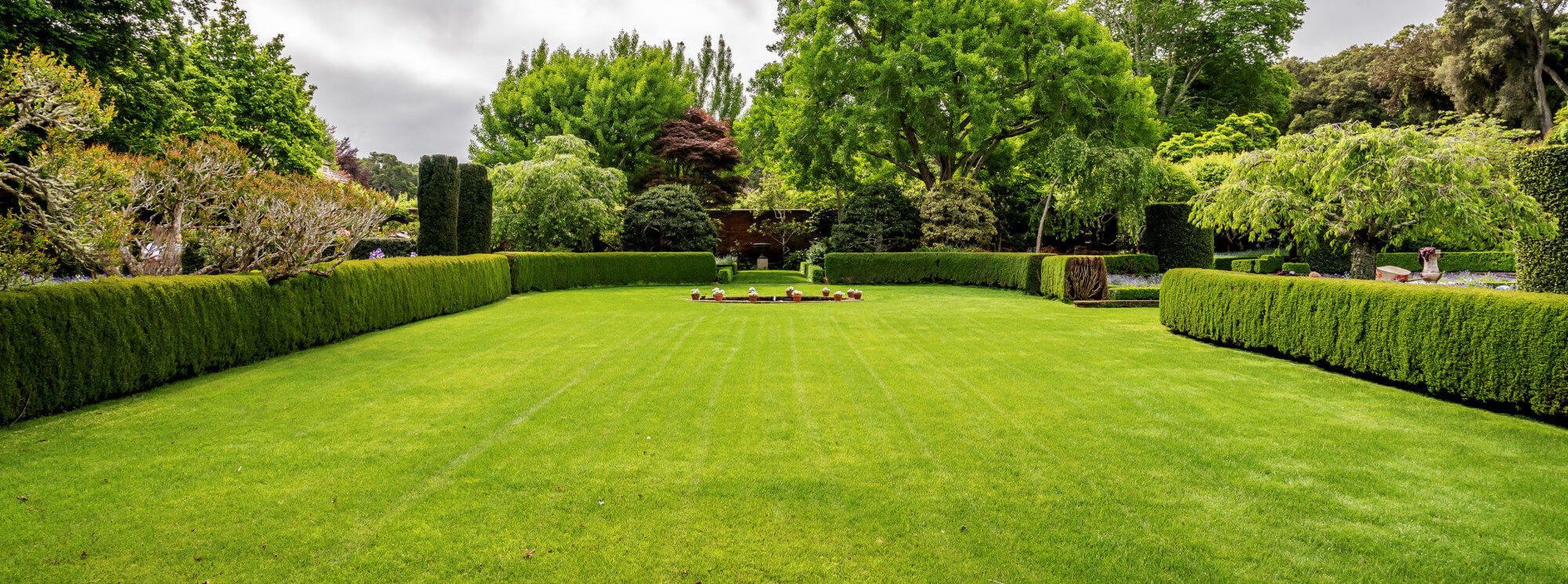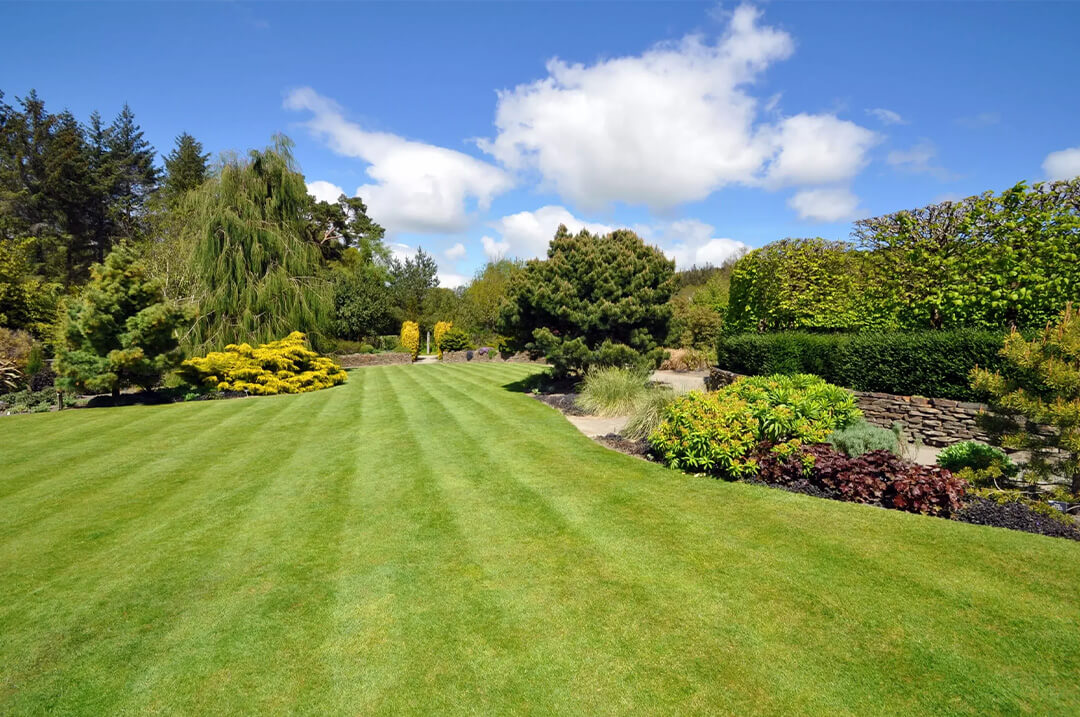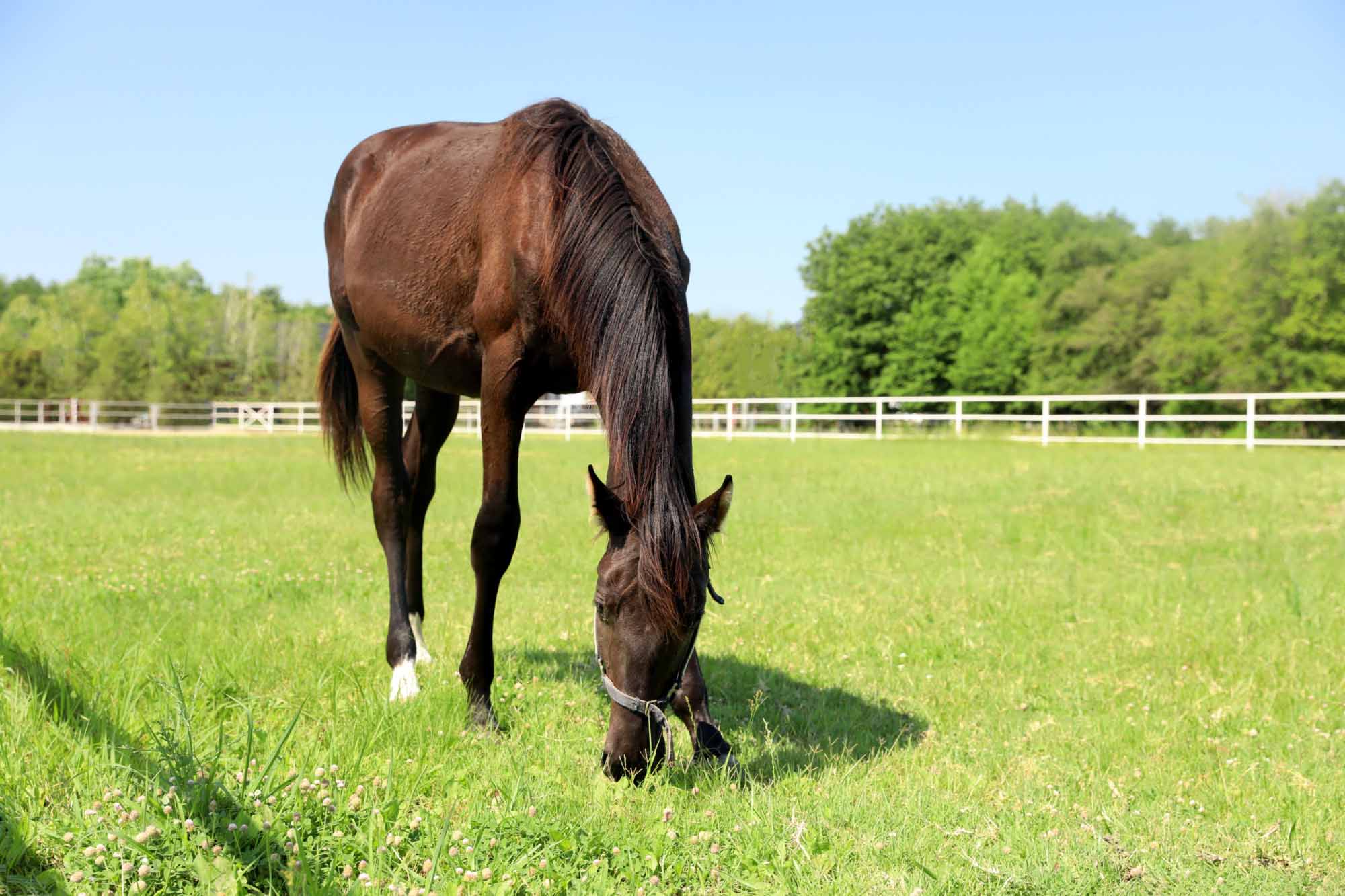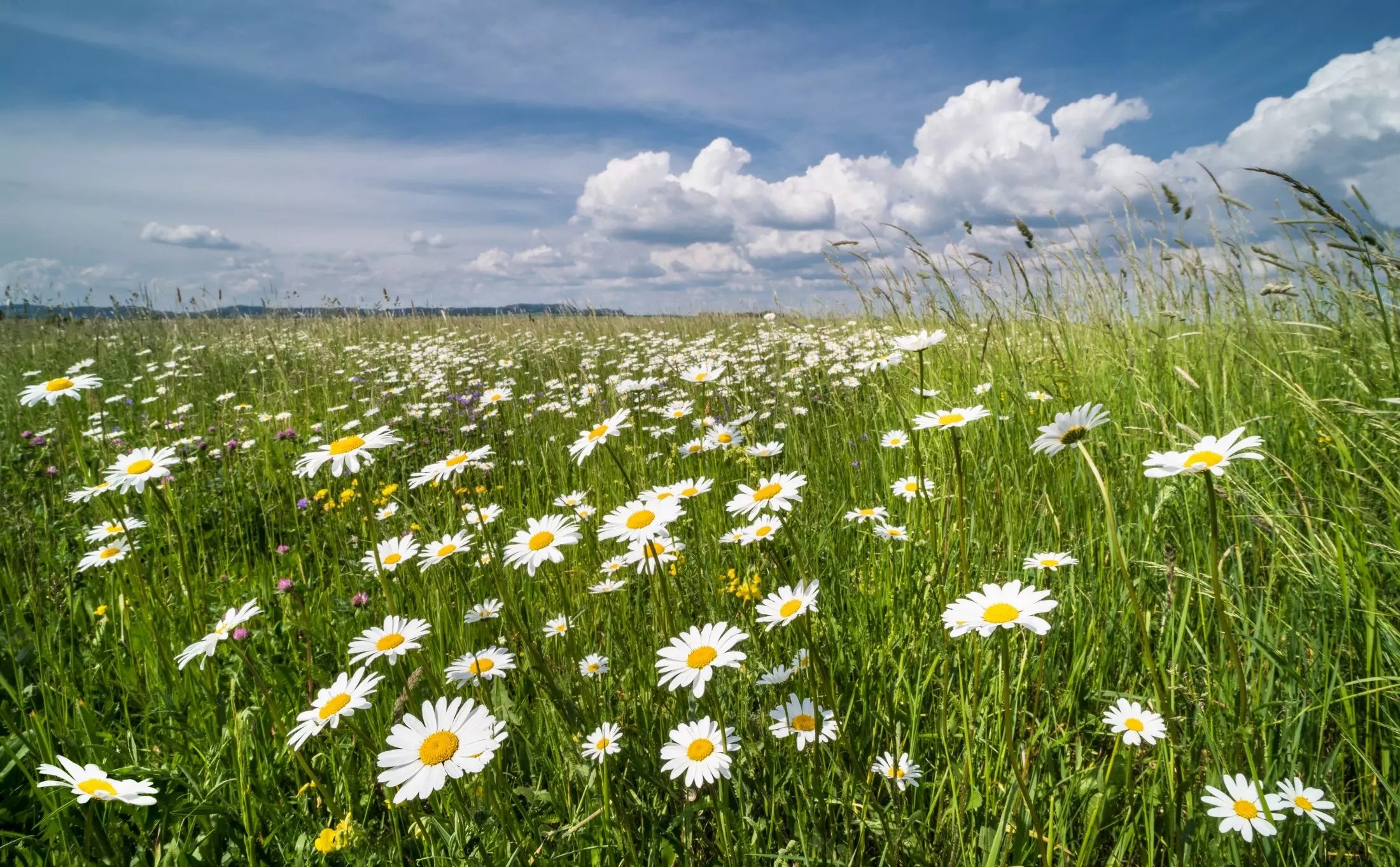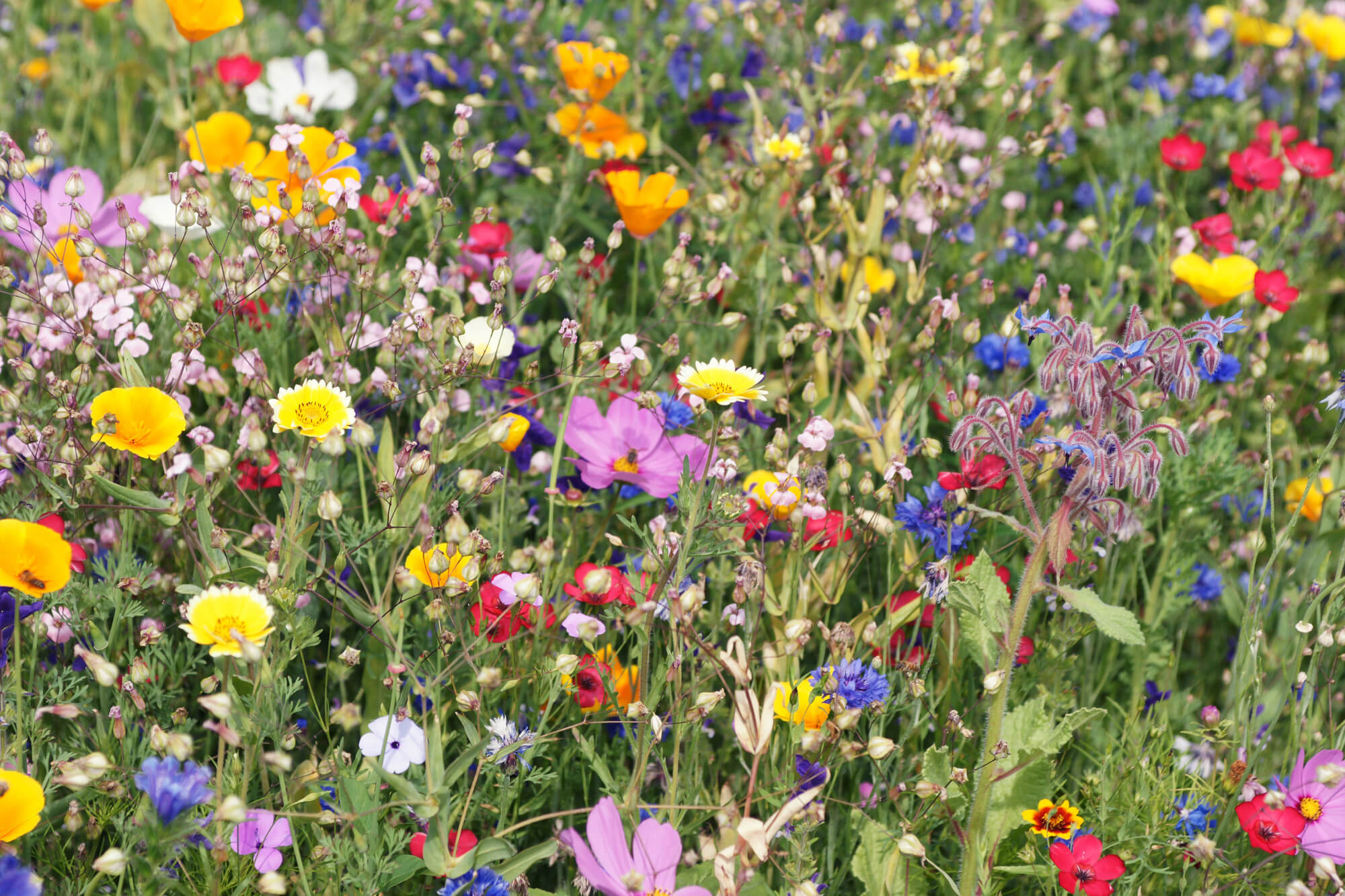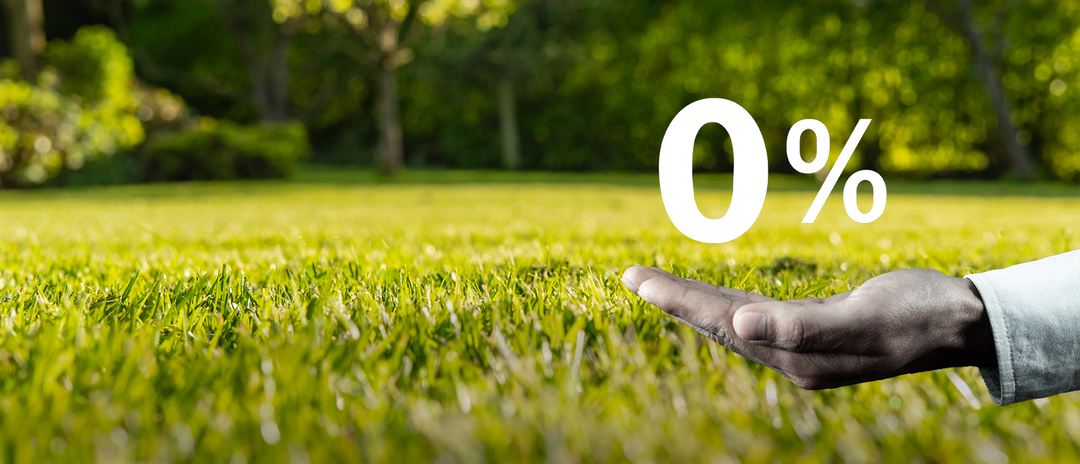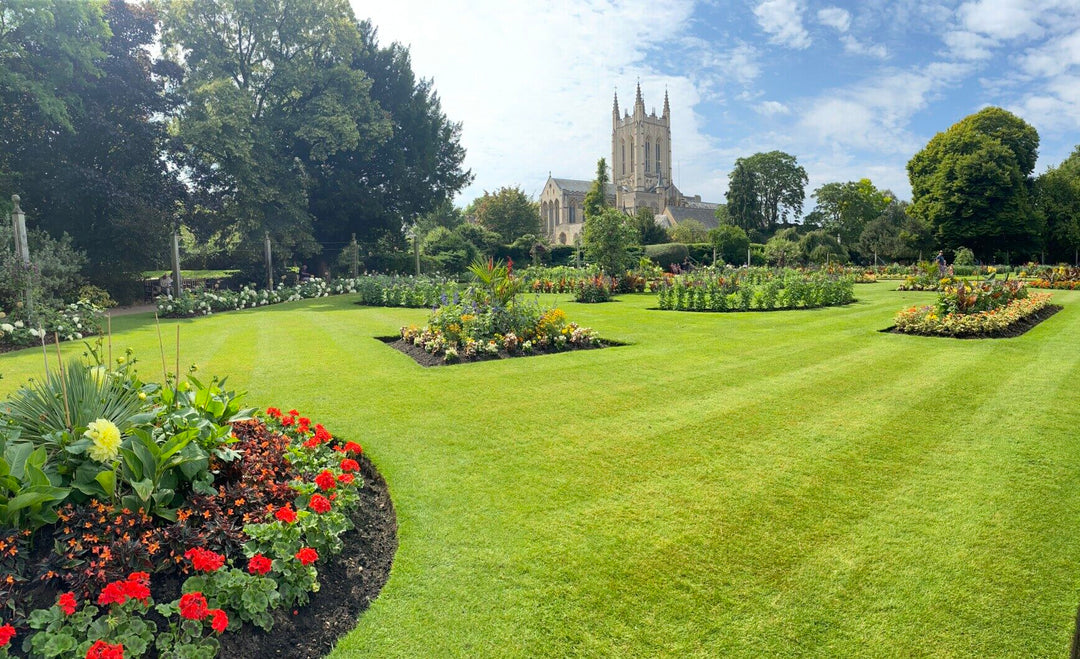When is it too late to plant grass seed?
Planting grass seed at the optimum time of year can produce amazing lawns. However, you may ask if there is a cut-off point for this time period. Is it possible to wait too long and end up wasting any grass seed you try to lay down? There are several factors that influence when to plant grass seed other than the time of year. Soil temperature, the type of grass seed to be planted, and even where you are located within the UK can affect how well grass seeds can grow. Here are some factors that can affect optimum grass seed planting time and the issues that can arise as a result.
Problems with Late Seeding
- Seeding after October tends to be unreliable and will often result in delayed germination. You may see a small amount of grass begin to sprout, but you will not be able to fully establish your lawn during winter.
- Some grass seed types will struggle to develop in winter and are more likely to die off. Even strong grass seeds can be harmed by excessive frost, waterlogged soil, or diseases. As such, there is a greater risk of wastage when you try to plant grass seeds at this time of year.
- Grass seeds planted during the colder months will be forced to compete with weeds, fungi, and mould. As such, you will need to be more vigilant in removing such pests should they appear.
- Traditional fertiliser containing nitrogen can damage your grass seed in winter. This is because nitrogen promotes growth, making the grass more susceptible to disease. Instead, use a fertiliser that contains potassium and phosphorous to make the grass more durable.
Factors to Consider When Seeding
There are many factors that influence how well grass seed develops throughout the year: Some of these factors include:
- Weather Conditions: In order for grass to grow well, you should plant when the outside temperature is between 10 and 20 degrees Celsius. However, anything above 5 degrees Celsius is suitable for growing. In addition, you will need some moisture in the soil for germination, so plant before rainfall if possible.
- Seed Type: As mentioned before, some grass seed types will fare better in colder temperatures than others. For example, ryegrass tends to cope well in the colder months. Therefore, it is best to check your grass seed mix to see how durable it will be and add an autumn fertiliser mix if necessary.
- Regional Climate: Depending on where you live, you may have a shorter amount of time in which you can sow grass seed effectively. Generally, the further north you are, the less time you will have to plant grass seeds. Therefore, it is a good idea to be aware of the average temperatures for your region for optimum grass seed sowing.
Conclusion
The Royal Horticultural Society recommends sowing no later than November*. Consideration should always be given to the prevailing conditions at the time of sowing. For later sowings, always use a mixture containing perennial ryegrass as this will germinate at temperatures down to 7 degrees Celcius, or alternatively use a mixture like our Fast Growing Grass Seed that contains annual ryegrass that has been shown to germinate in lab trials at temperatures as low as 3.5 degrees Celcius. *Starting a Lawn From Seed, The Royal Horticultural Society. https://www.rhs.org.uk/lawns/lawns-from-seed




